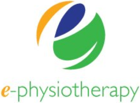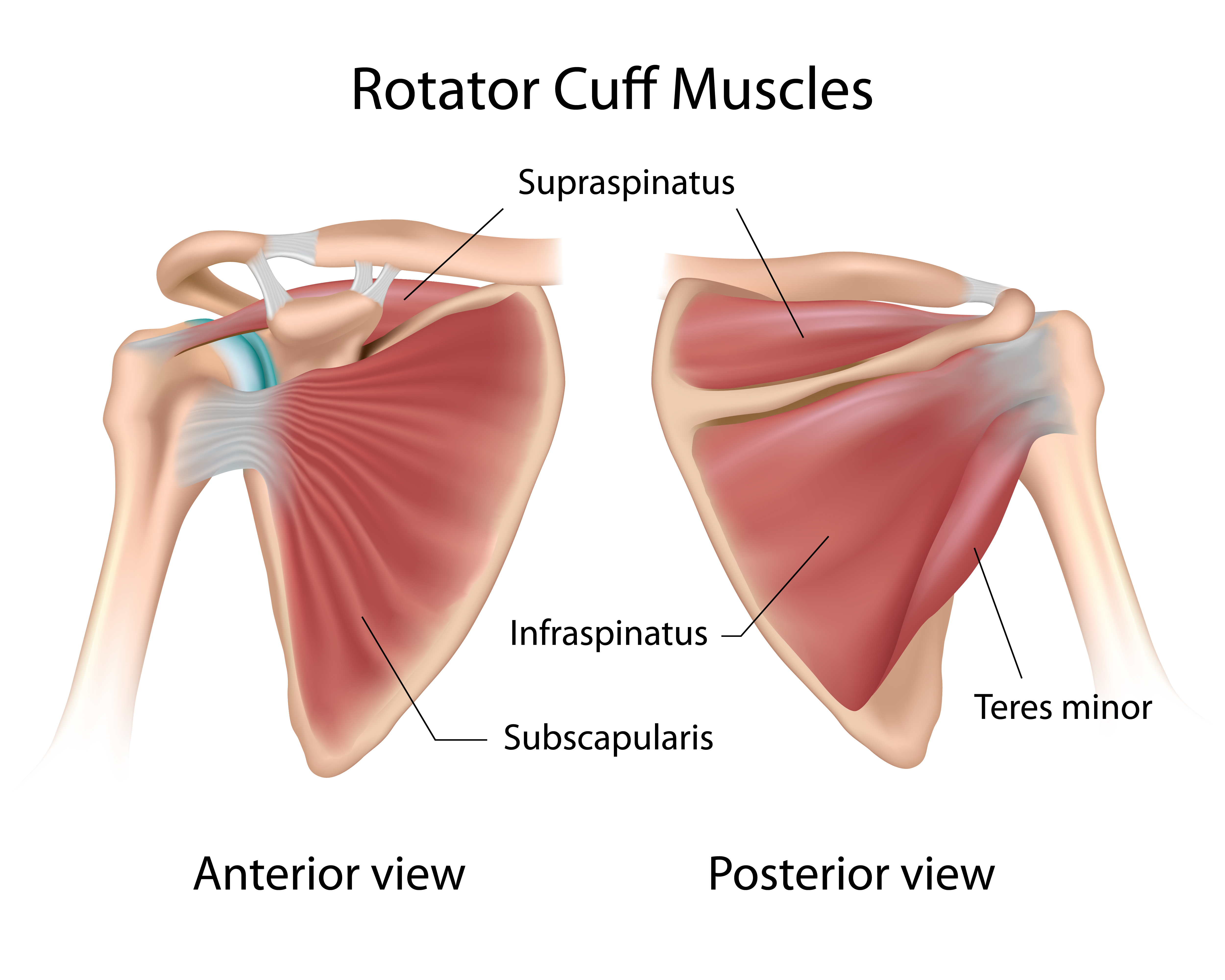In a study of physiotherapy versus steroid injection in over one hundred adults with shoulder rotator cuff problems, shoulder bursitis or shoulder tendinitis, both groups showed significant improvement. However, the steroid group needed more follow up appointments with their doctor over the following year compared to the physiotherapy group. Additionally, around 20% of both groups needed either physiotherapy or a steroid injection in addition to their original treatment. This confirms what I have noticed with clients. Those with more severe shoulder pain may need a combination of steroid injection and physiotherapy to recover. Those that receive only a steroid injection have more recurrence of their shoulder pain as they do not learn to move their shoulder correctly from corrective physiotherapy exercises and strengthening. For clients who do not want to have a steroid injection, this study also suggests that they can try physiotherapy first and that only 20 percent are likely to need a steroid injection.
Physiotherapy for shoulder pain included joint and soft-tissue manipulations, muscle contraction-relaxation techniques and exercises to stretch, strengthen and improve coordination of the shoulder blade, arm and spine. A home exercise programme was an essential part of the treatment programme.
The report by Daniel I. Rhon, PT, DPT, DSc; Robert B. Boyles, PT, DSc; and Joshua A. Cleland, PT, PhD was published in the Aug. 4 edition of Annals of Internal Medicine.
http://annals.org/article.aspx?articleid=1892614


